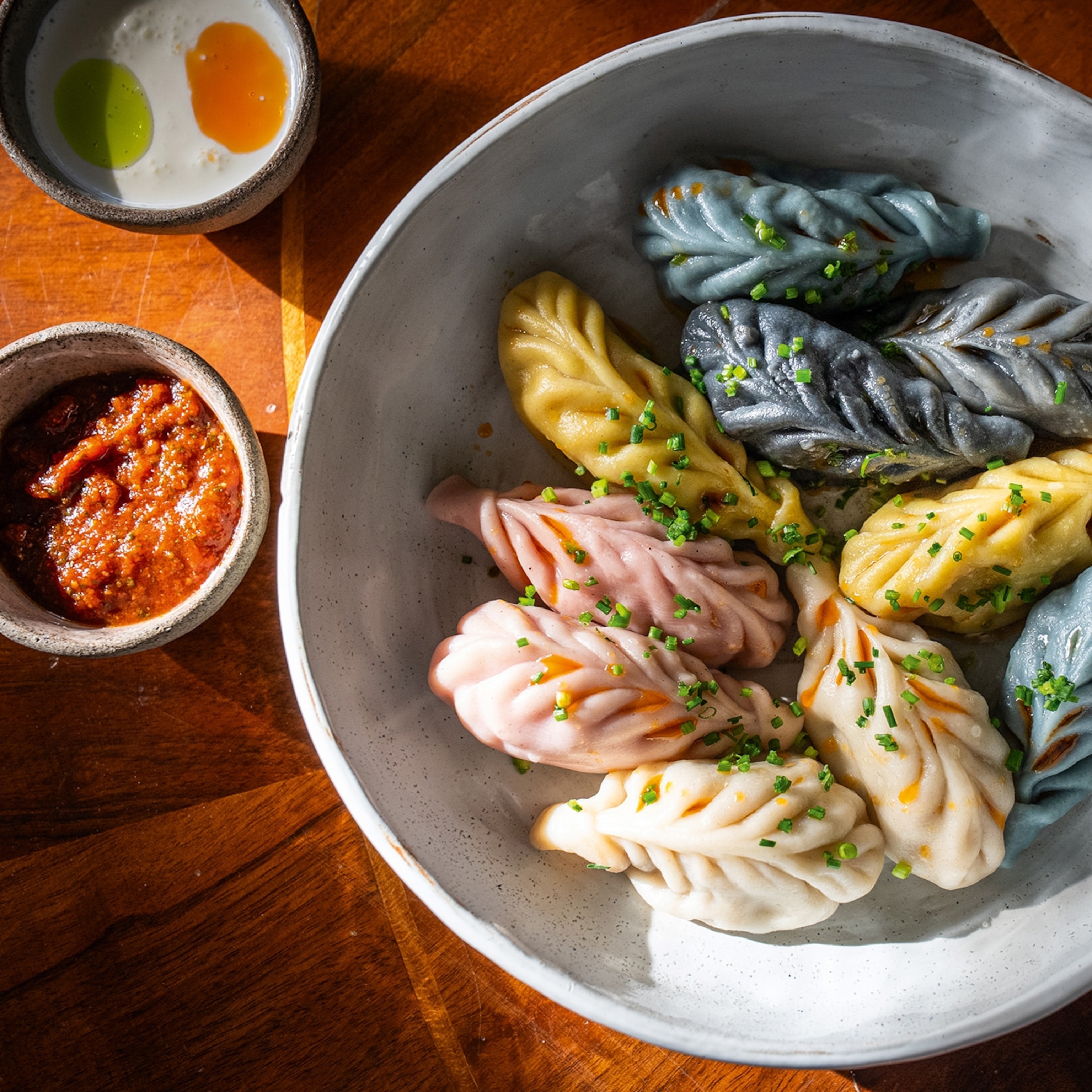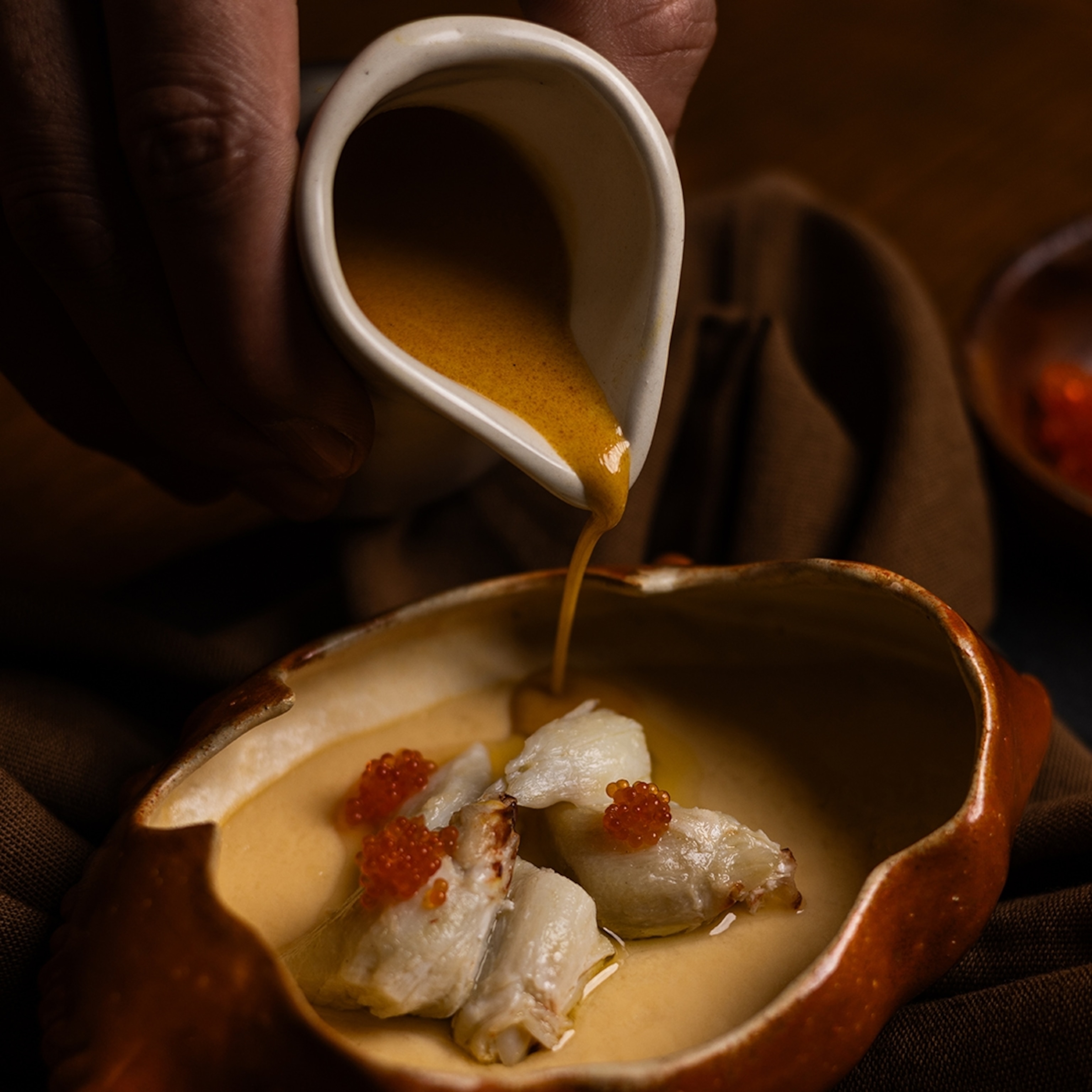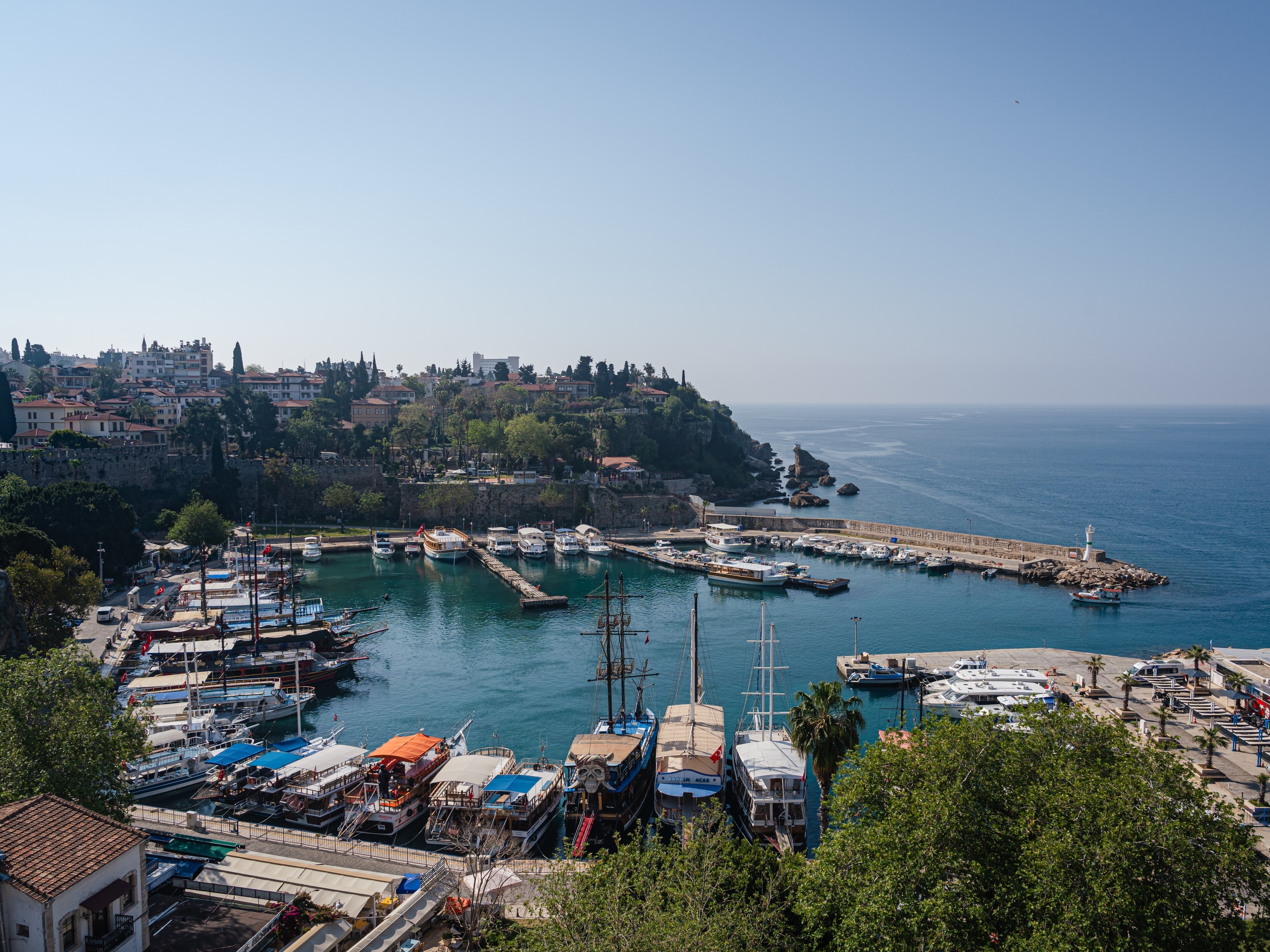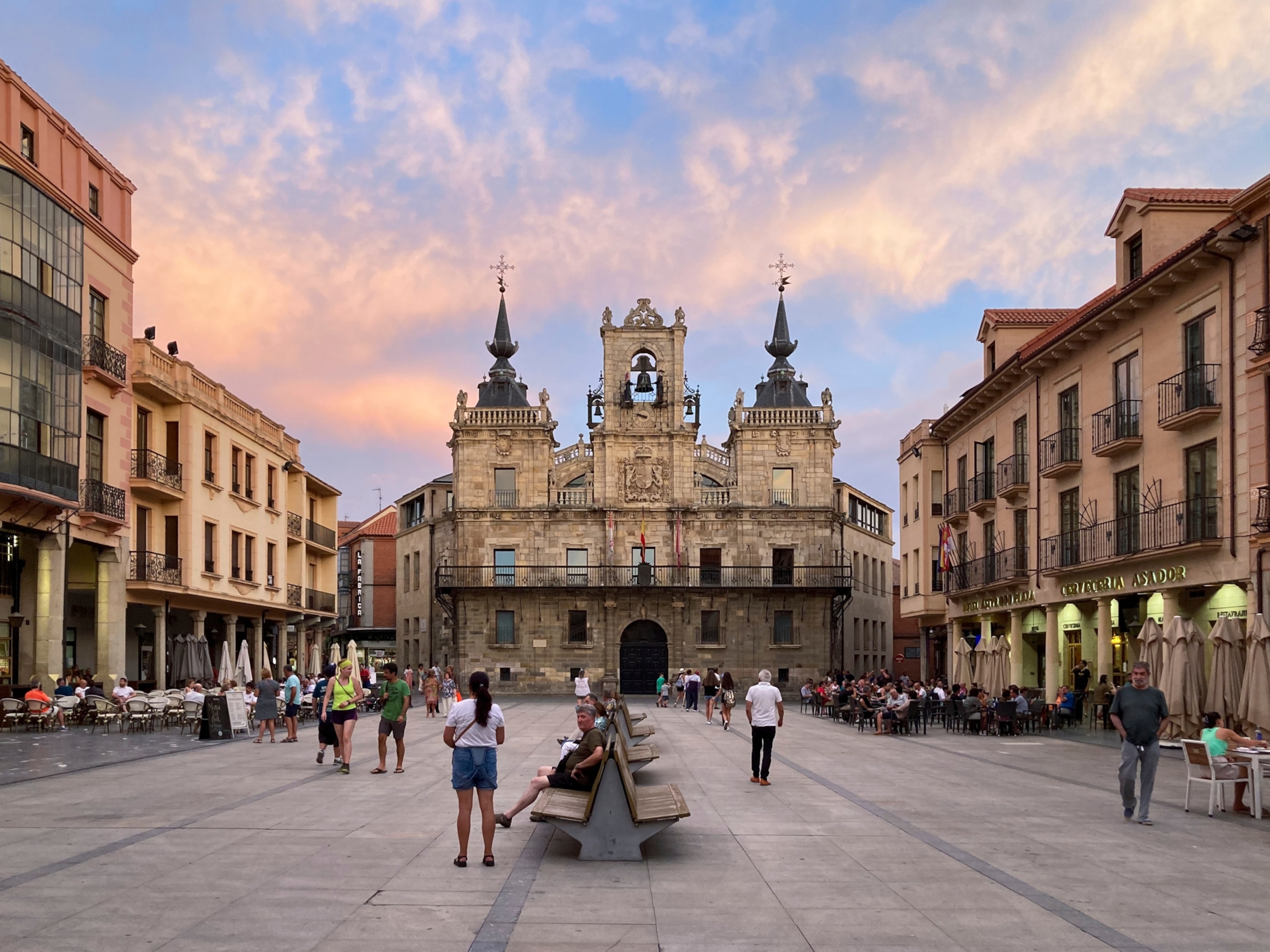What is inspiring foodies to flock to Slovenia?
Dig into a diverse bounty of nature-inspired dishes on a day-long foodie tour.
They say the best way to experience a country’s history and culture is through its food. This is especially true in Slovenia, where the varied landscape; prime location in the heart of Europe; and proximity to countries like Italy, Austria, and Hungary are the perfect recipe for rich culinary journeys.
With mountains, rivers, forests, and the sea—all within a two-hour drive—Slovenian dishes vary vastly from one region to the next, creating a tasting menu on a national scale.
The country’s culinary creations have ignited a fire of international attention. For example, Gault & Millau—one of the best-known French restaurant “bibles’” alongside the Michelin guide—recently recognized a raft of Slovenian eateries with six restaurants received four Gault Millau hats each (out of a possible five): Hiša Franko in Kobarid, Gostilna pri Lojzetu at Zemono Manor in Vipava, Hiša Denk in Zgornja Kungota, Ošterija Debeluh in Brežice, Mak Restaurant in Maribor and Strelec in Ljubljana.

Slovenian chefs themselves have earned an array of accolades, too—all of which is inspiring foodies to flock here and find out what the fuss is about. Perhaps the most famous of these chefs is Ana Roš, the charismatic owner of Hiša Franko—an unassuming-looking eatery featured in the Netflix series Chef’s Table in 2016 and located close to the sleepy town of Kobarid. Without any formal training, Roš has reinvented traditional Slovenian dishes, turning them into works of art that are putting the country on the international culinary map.
Take her treatment of beef tongue—a traditional Slovenian favorite—which Roš serves with oysters and a salad of samphire. The result is an immaculately-presented “surf-and-turf” creation, reflecting the nation’s proximity to the sea.
Despite all the talk of Roš’ creative flair in the kitchen, if you ask her the secret behind her world-renowned dishes, she humbly points to the nearby landscape. Like most Slovenian cooks, nature is the source of Roš’ inspiration—just as it is for her husband and business partner, Valter Kramar, who oversees Hiša Franko’s wine selection, many of which are organic.
Tucked away in the Soča Valley, the couple’s pink-walled Hiša Franko was originally built as a roadside inn in 1868. Over the years, its surrounding, tree-covered hills have nurtured the creativity of some illustrious guests—including Ernest Hemingway, who allegedly penned A Farewell to Arms here while recovering from injuries he incurred during World War I.
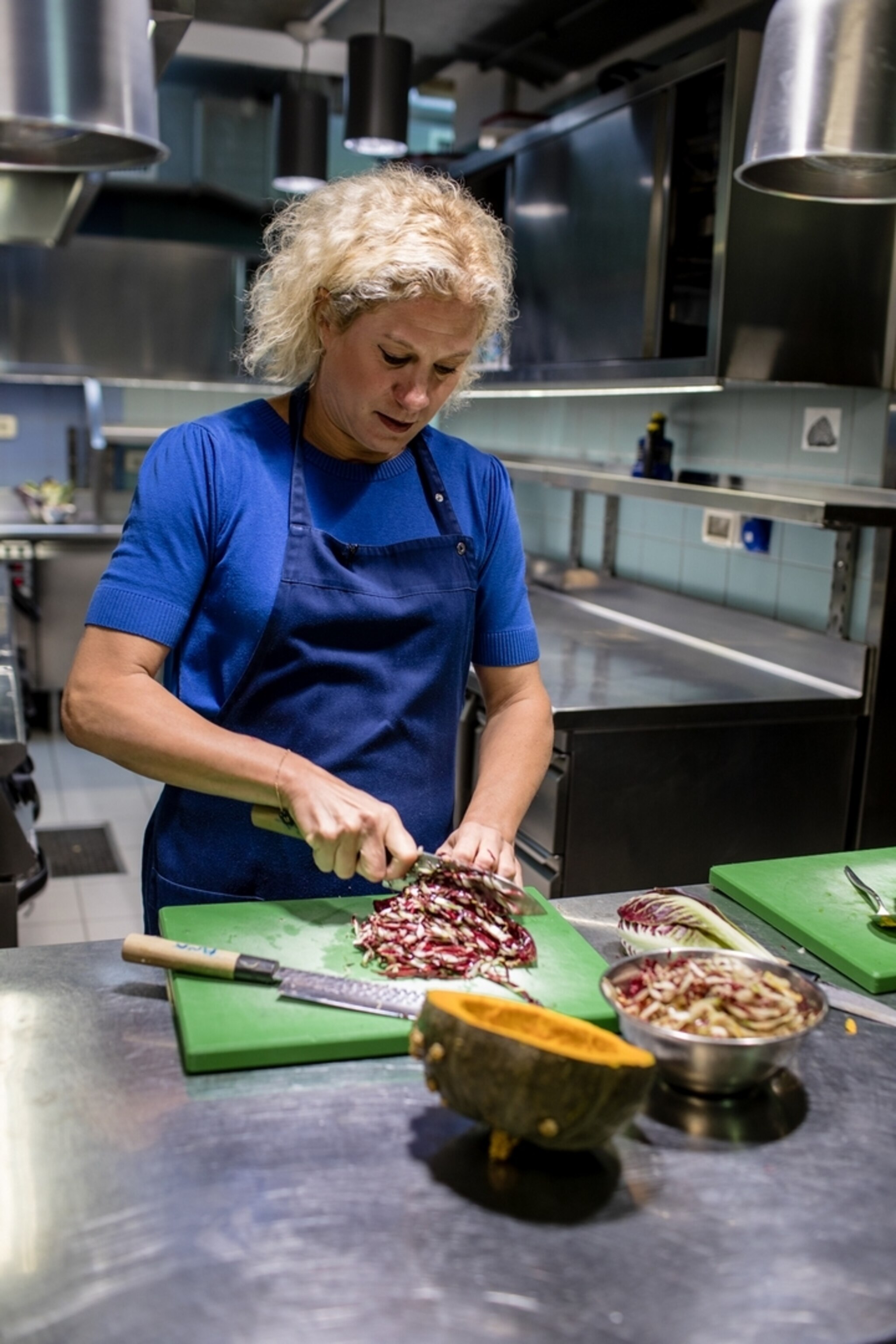
Nowadays, the landscape serves as Roš’ natural larder. Whether it’s wild flowers, herbs, and nuts from the surrounding hills; vegetables grown in the restaurant’s biodynamic garden; cow’s milk collected from the herd grazing in the lush mountain pastures above the restaurant; or freshly-caught trout from the nearby Soča River, the Hiša Franko menu options evolve with the seasons.
While Roš is one of the most famous faces of cutting-edge Slovenian cuisine, there is an entire generation of chefs who are making their names on the international stage.
Take Janez Bratovž, for example, whose family-run Ljubljana restaurant, JB, has won several international awards, including a spot on the Top 50 list of the world’s best restaurants, as voted by chefs and critics. Like Roš, Bratovž draws upon Slovenia’s diverse bounty of natural ingredients, with inspiration from the four elements of earth, water, fire, and air—all represented via different taste profiles. Order the 10-course tasting menu, for example, and you’ll experience tantalizing hot-and-cold combinations like marinated seabass on cucumber and lime “snow” with raspberry and chili.
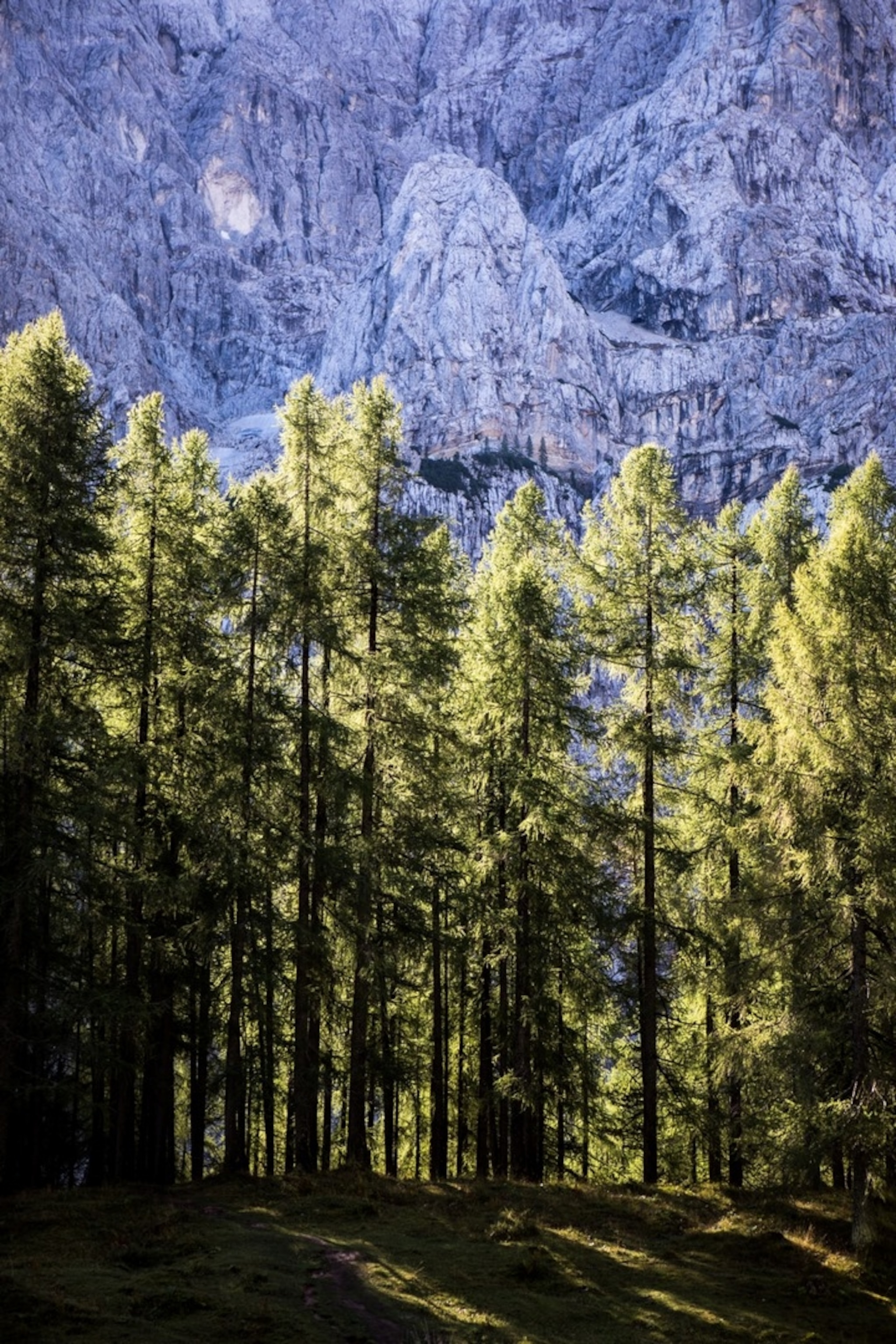
Another chef earning international plaudits is Tomaž Kavčič. Based at Zemono Manor in the Vipava Valley—about an hour from the capital—Kavčič, too, blends the best of the Slovenian ingredients in dishes, such as smoked Vipava trout served with a “dust” of tomatoes, carrots, and parsley.
There’s much more to Slovenia’s foodie scene than just fine dining, however. Ljubljana boasts a thriving street-food culture, the highlight being a weekly “Open Kitchen”—or Odprta kuhna—which runs from spring to autumn. Located in Pogačarjev trg Square, the open-air culinary celebration draws food producers from all over the country.
Visit in May and you’ll discover fresh, locally sourced offerings like sweet cherries served alongside black wild salmon burgers from the likes of Organic Garden. Across the river in Petkovškovo nabrežje, stop in at one of the many waterfront bars serving tasty Slovenian beers. Toast the day—and your culinary discoveries—by sitting back and sipping the froth off a local brew while watching the world go by in the early evening sunshine.
All this, however, is just for starters. Slovenia, with more than 20 gastronomic regions to explore, features traditional farms making their own sausages, mountain huts preparing savory stews for hikers, and coastal towns offering fresh seafood from the Adriatic. Whether you’re a passionate foodie or casual traveler, life here tastes pretty sweet.
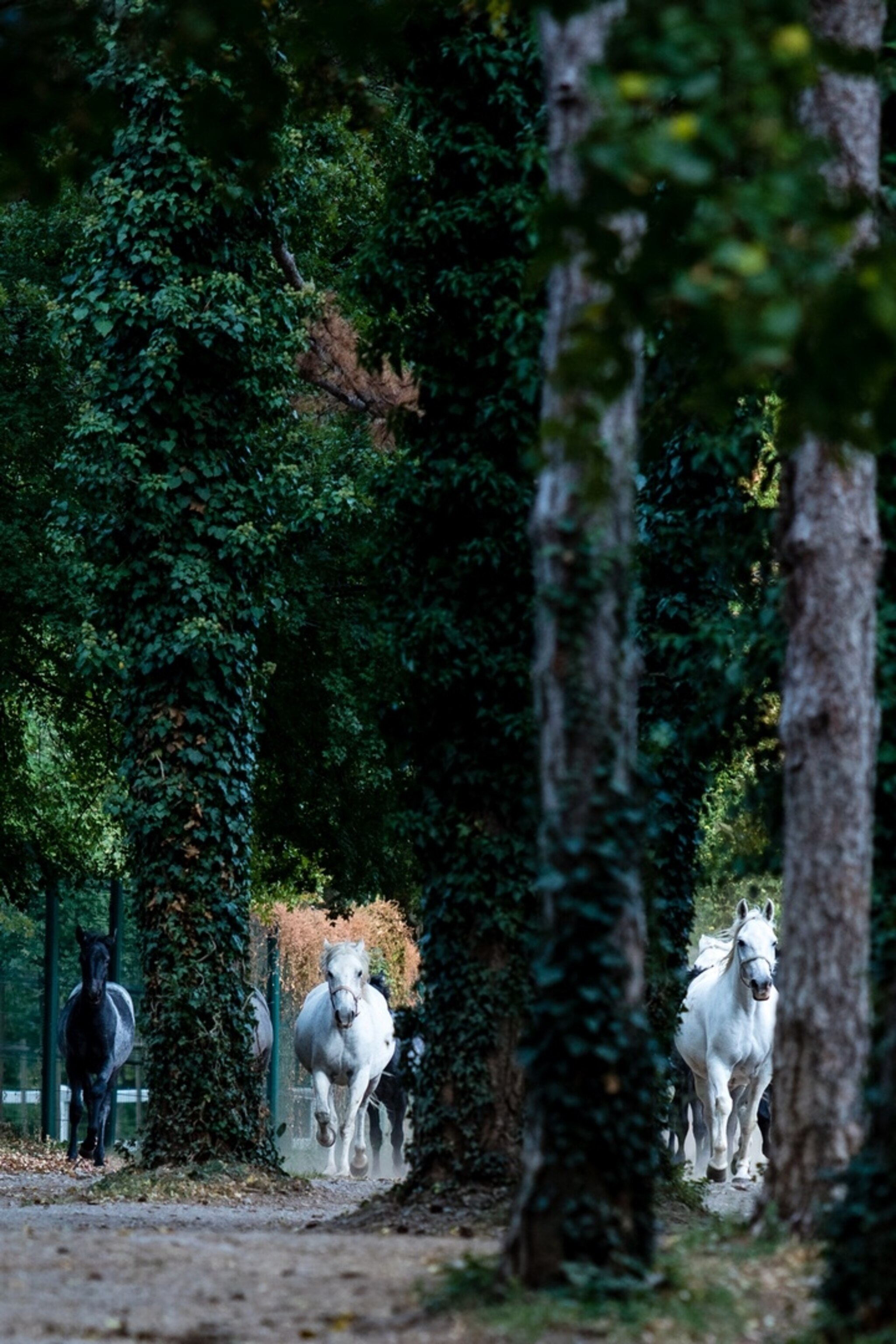
Following the footsteps
Start your day with a dose of historic Slovenian culture, by visiting the famous Lipica stud farm. Its famous white horses have been bred here since the 16th-century, furnishing Hapsburg dukes and duchesses with steeds. If you get here just before 9 a.m. you can see them galloping from the stables to the on-site paddocks.
